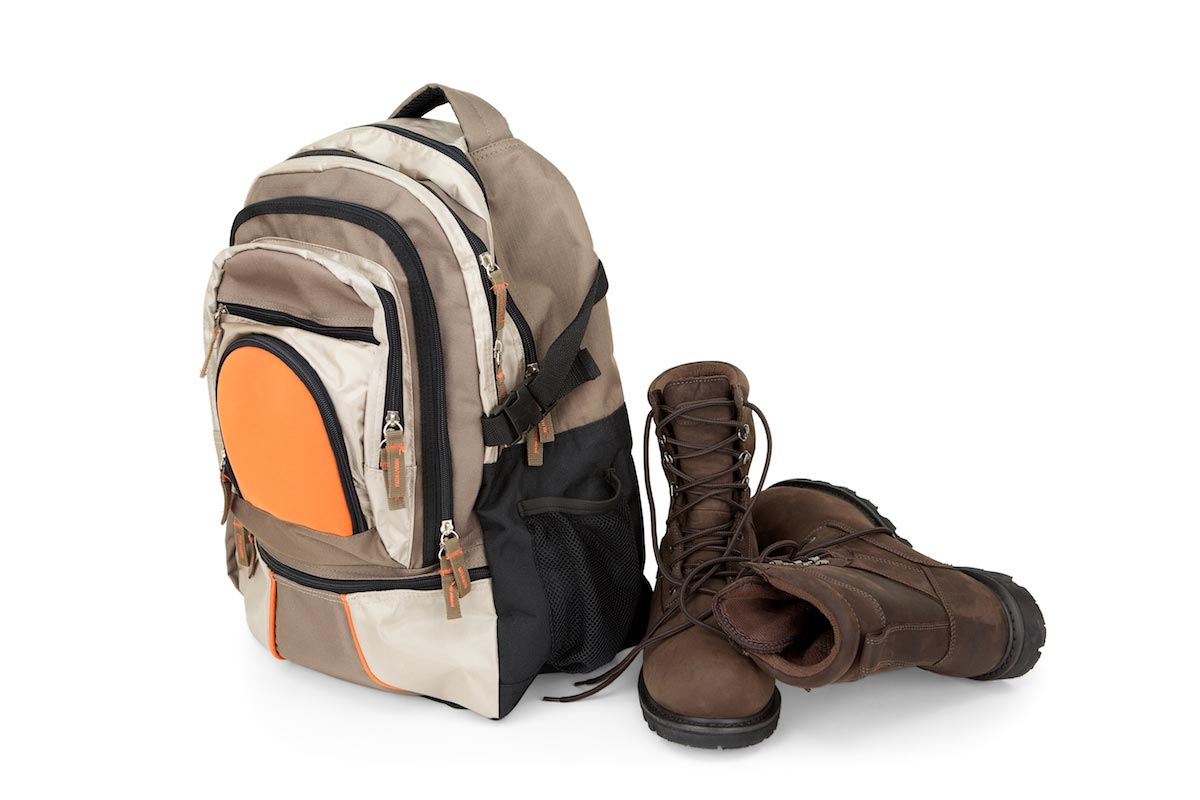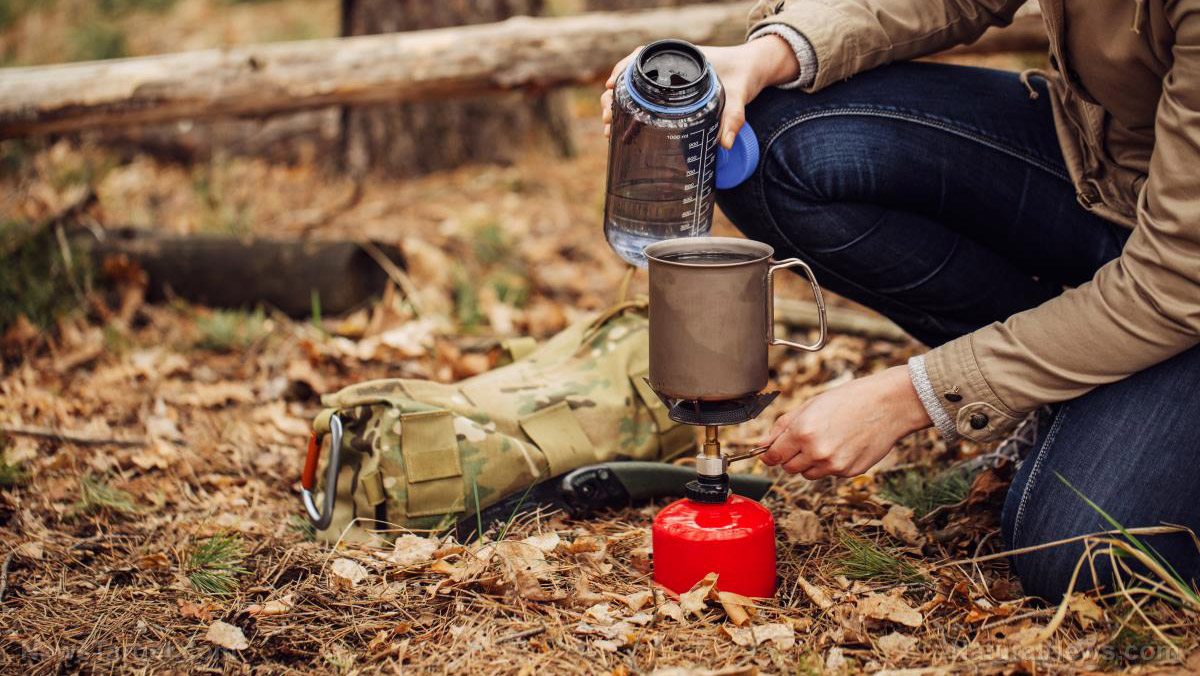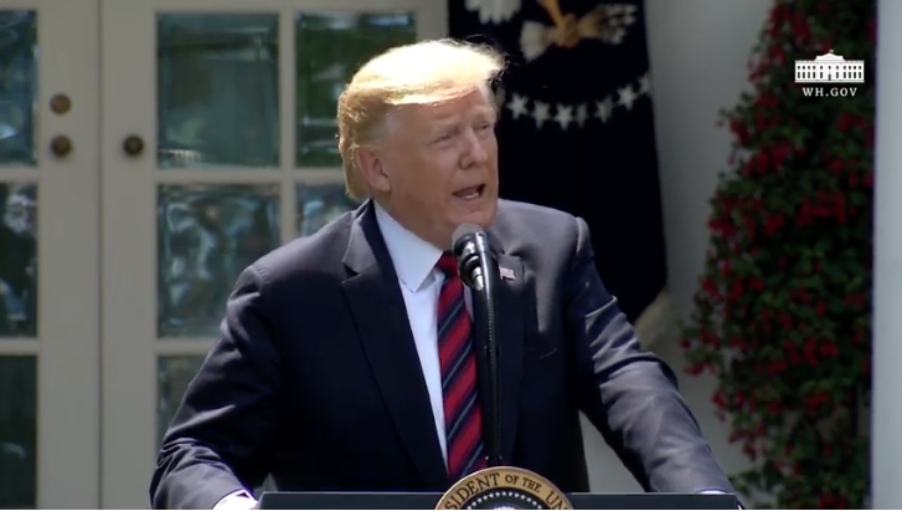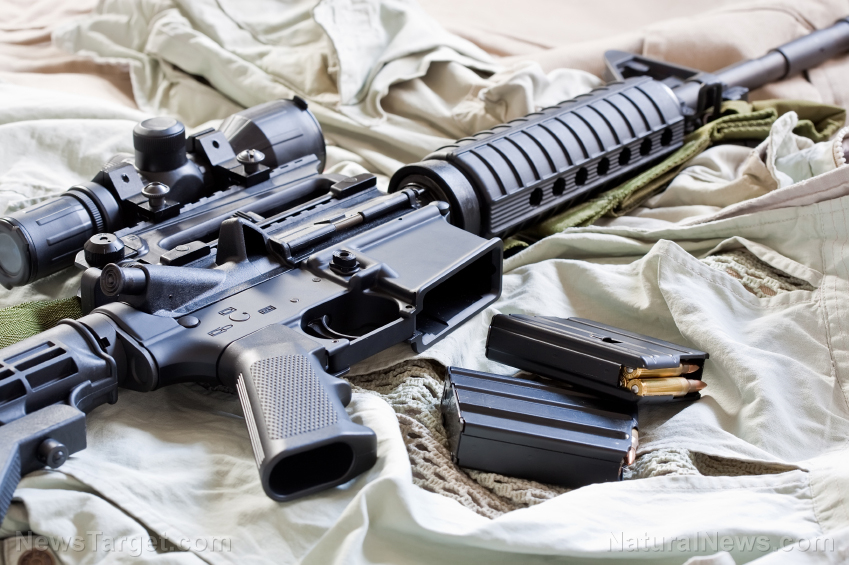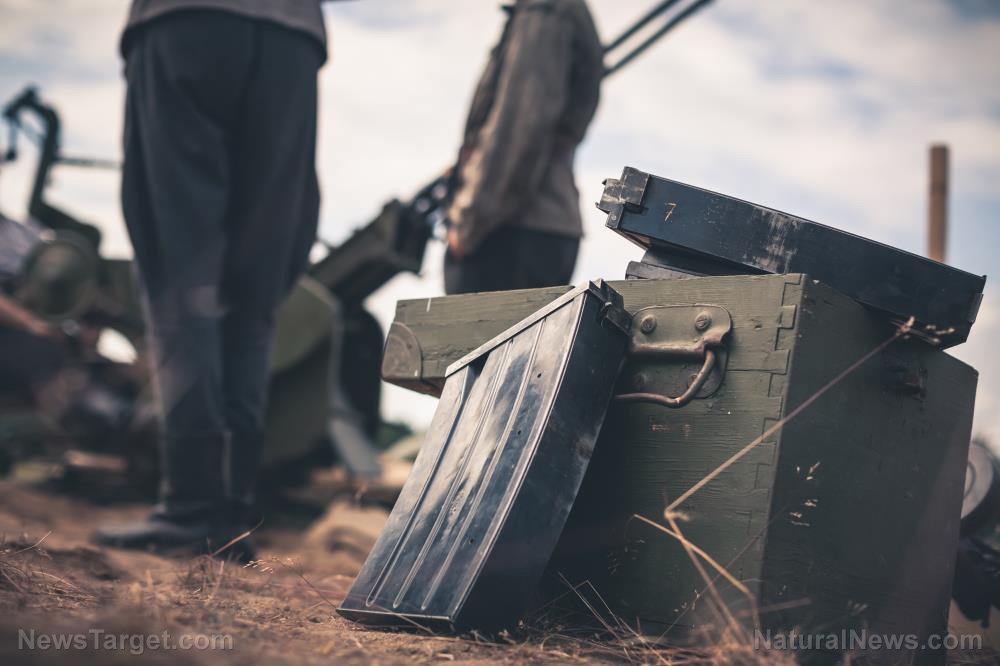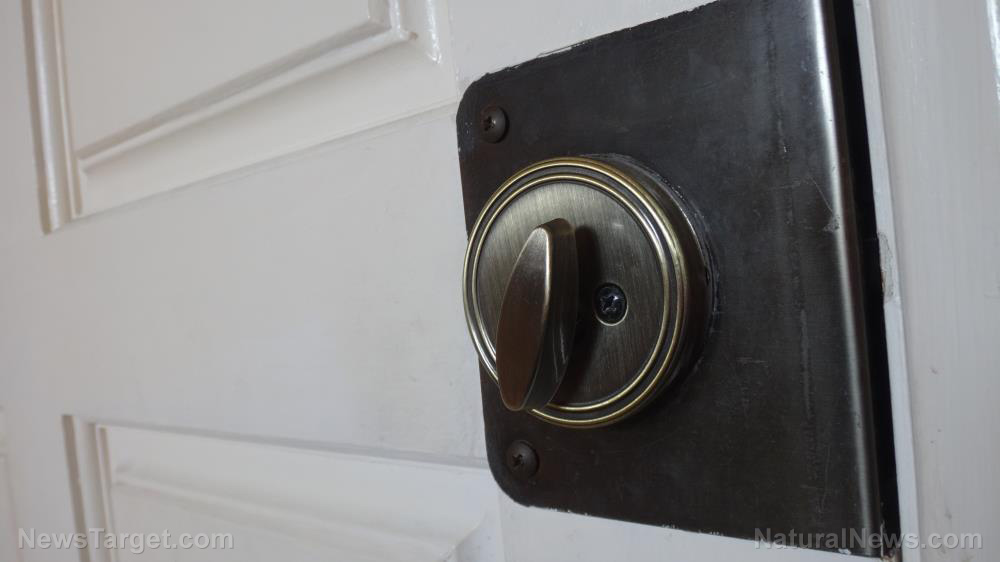A guide on restoring and repairing pre-1899 guns
10/13/2019 / By Edsel Cook
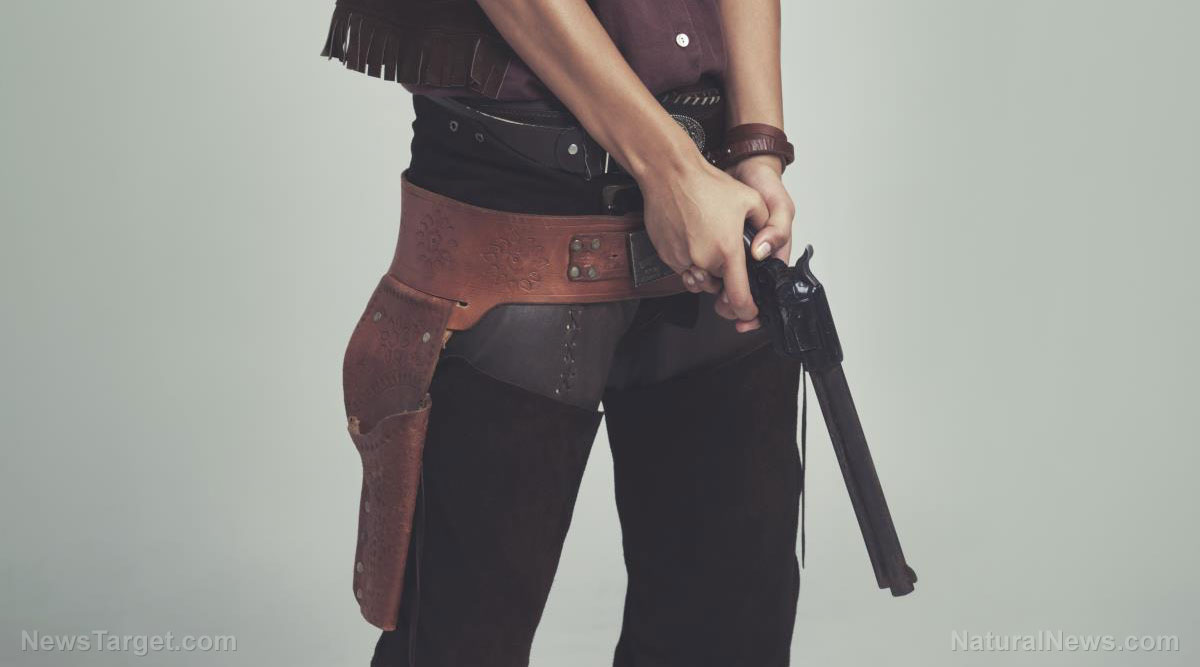
A great thing about guns produced before 1899 is their exemption from the NICS background check process. They don’t need a background check before they get transferred. Here are some helpful tips on restoring and repairing these antique firearms.
Every restoration, repair, and maintenance job requires the right tools. Fortunately, old guns don’t need power tools or specialty tools.
Start the pre-1899 gun repair kit with a small ball-peen hammer and standard hollow-ground screwdrivers. The existing survival tool kit will probably have these.
Next, get a set of brass punches and a nylon-and-brass-headed hammer. The latter tool lets the repairman gently tap the gun without damaging it.
Third, obtain a set of small Swiss Pattern Files. The gun will have small parts that need equally small rasping tools.
Conversely, other parts will be too thick and sturdy for the brass punches. Stock up on several small but strong steel punches for these.
A Dremel tool and a bench grinder are not suitable for working on antique parts. But they are useful for building new components out of scratch.
Last but not least, get a propane or MAPP torch to heat small parts. (Related: The two types of preppers and what each one can teach you about survival.)
Big revolvers vs. small revolvers
Before 1899, revolvers made up most handguns in the United States. Their cartridges used black powder instead of modern gunpowder.
A good rule of thumb is that large guns are sturdier. There are exceptions – for example, early double-action revolvers regularly break down.
Further, larger revolvers enjoy higher levels of collectibility. They have more aftermarket parts available.
Look for companies that produce and sell parts for the antique revolvers. Numrich Gun Parts Corporation specializes in rare small items.
Meanwhile, VTI Gun Parts offers replica parts for “Cowboy Action” revolvers. Replicas tend to be clones or near-clones of the original gun – many parts will slot into originals just fine.
Lighter revolvers in .32 or .38 caliber face more problems. First, their parts break down faster. Next, their manufacturers tend to be smaller and more obscure.
Third, those same gunmakers tend to use cheaper and lower-quality items since the “suicide specials” didn’t see constant use. As a result, parts for smaller revolvers may prove hard to locate.
The upside to going for smaller revolvers is their affordable price and widespread availability. They make good choices for budget preppers.
Stock up on replacement springs for your revolver
Springs are usually the first part of a revolver to break down. Smaller guns are prone to this problem, although it isn’t unknown in larger firearms.
The mainspring of the hammer often takes the form of a leaf spring. This part runs through the grip. Repeated use of the revolver over time will lead to a crack in the middle of the spring.
Preppers with the right skills and tools may manufacture new mainsprings from bulk spring steel. They may also grind down the springs of larger revolvers or black powder revolvers and install them in a smaller gun.
The mainspring of Pietta’s Remington 1863 black powder revolver fits inside many other models. Since it comes from a replica, it is easily acquired.
Beside the mainspring, the other spring prone to breaking down is the firing pin return spring. This part helps make sure that the cylinder doesn’t bind. It also prevents the firing pin from striking the primers.
The firing pin return springs in most small revolvers are low-quality, rusty, or worn out. Fortunately, the spring from a typical ballpoint ink pen will work as a makeshift part. Just trim the new spring down to the right length and pressure.
Take care of your gun and it will take care of you when the need arises. Visit Guns.news for more tips on maintaining and repairing your firearm.
Sources include:
Tagged Under: antique, collectibles, DIY, firearms, Gear, guns, handguns, history, how-to, maintenance, Preppers, prepping, repair, revolvers, self-defense, survival, survivalist, tools, weapons
RECENT NEWS & ARTICLES
COPYRIGHT © 2017 PATRIOT NEWS


